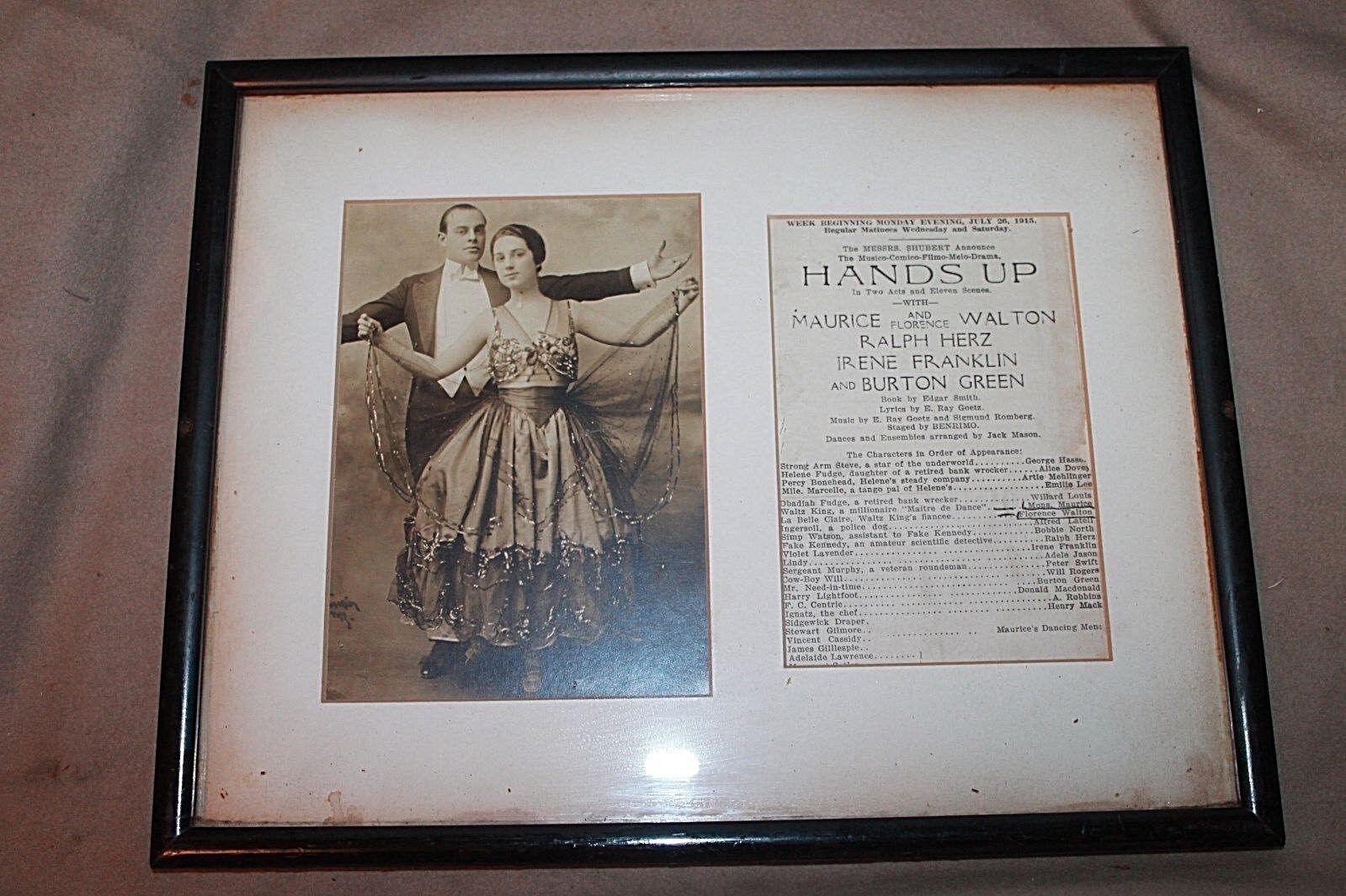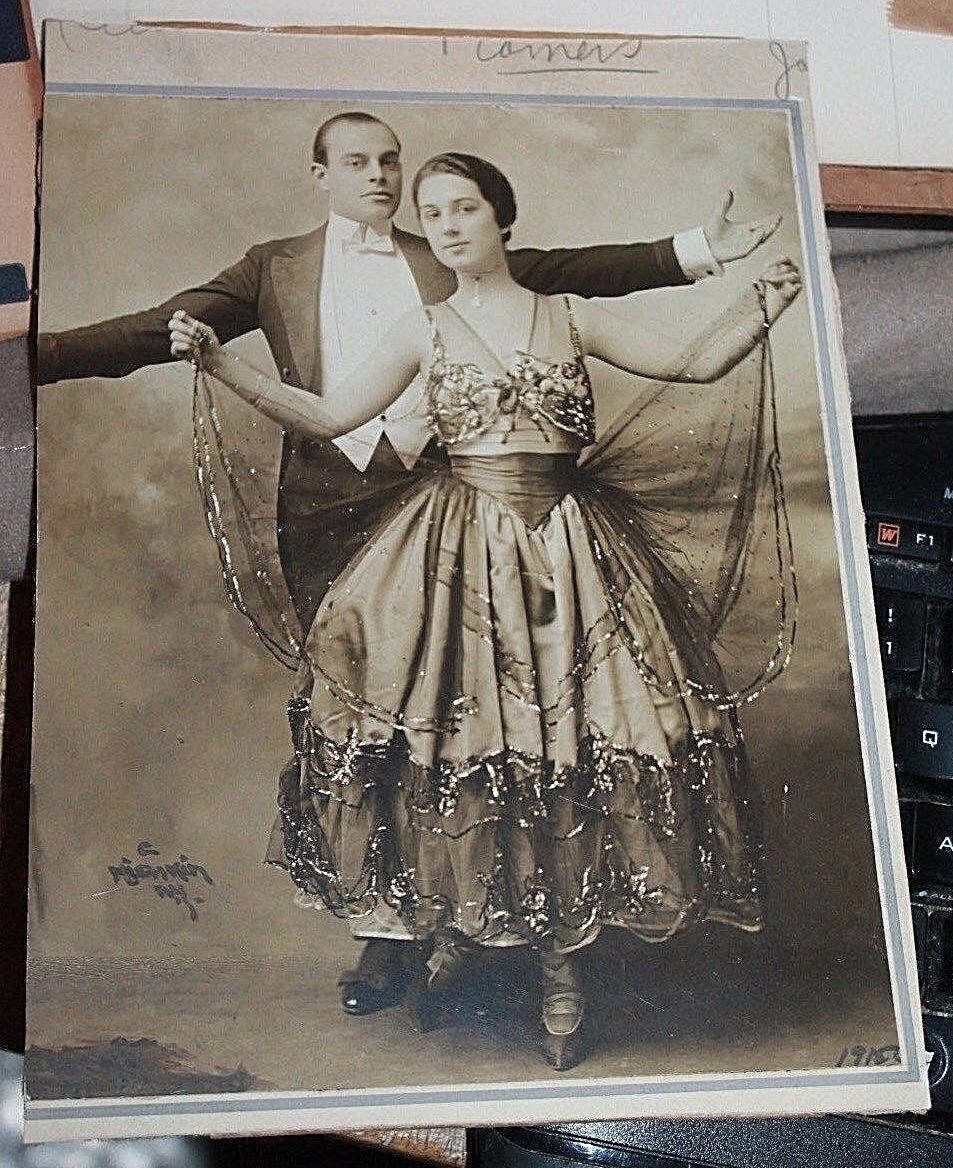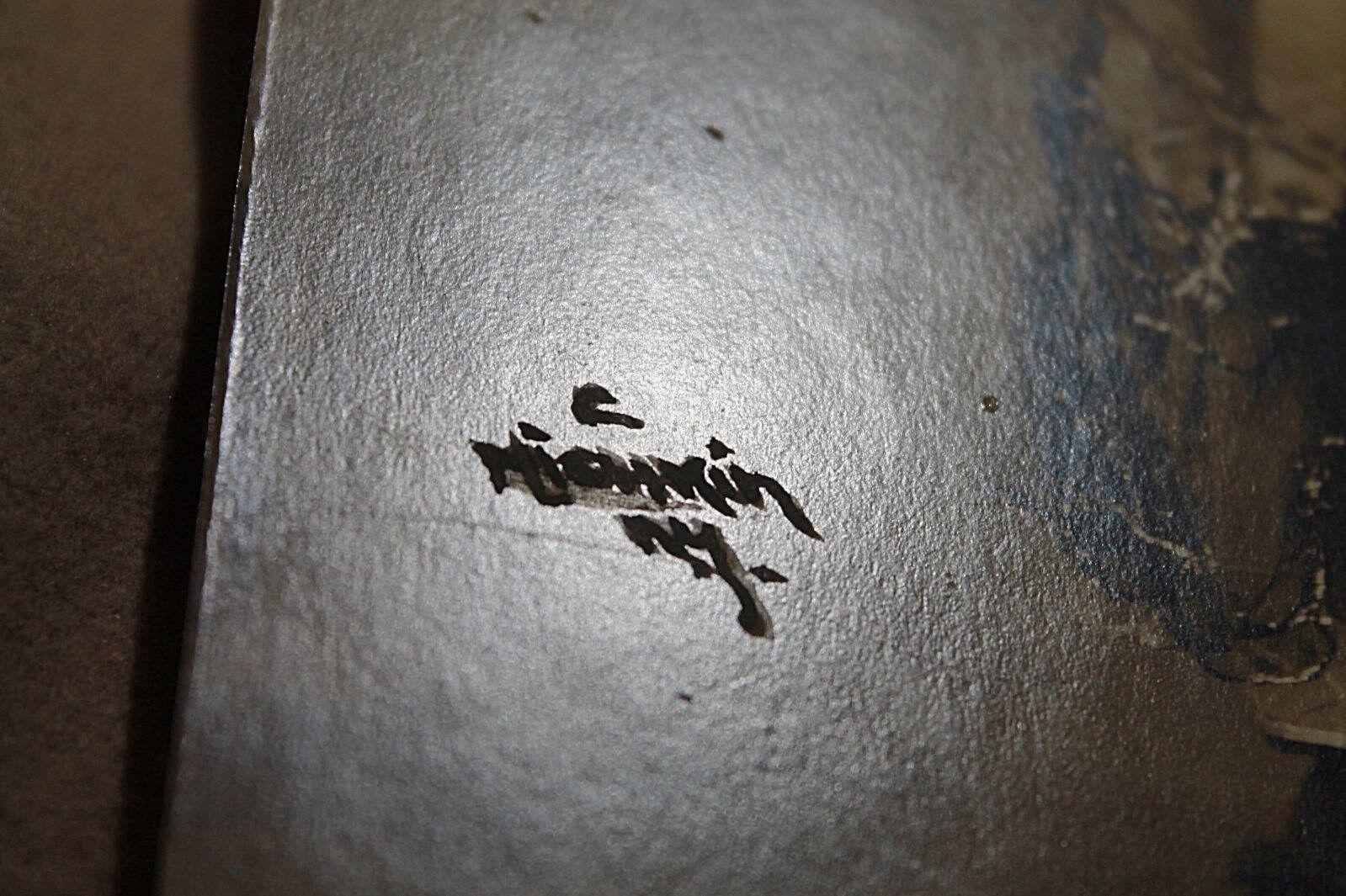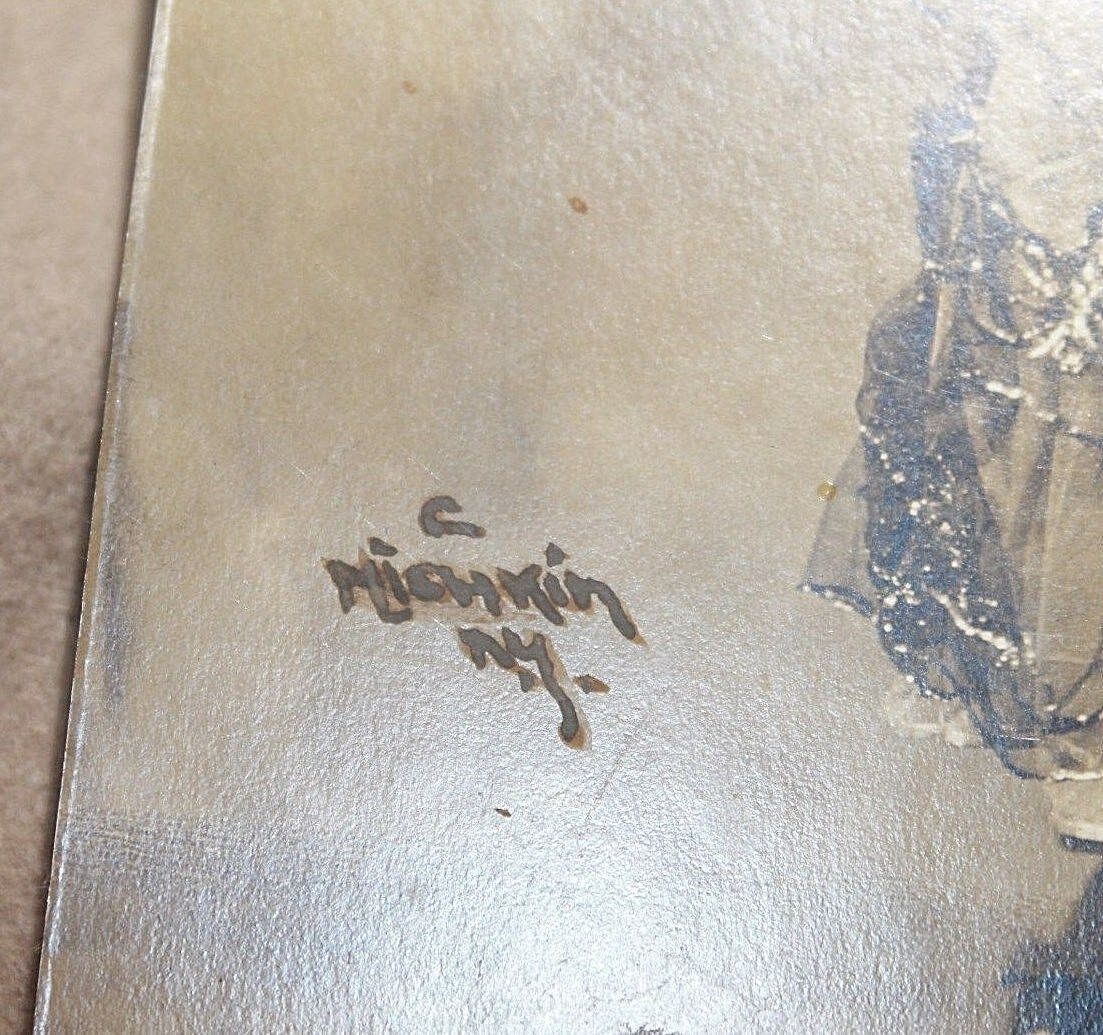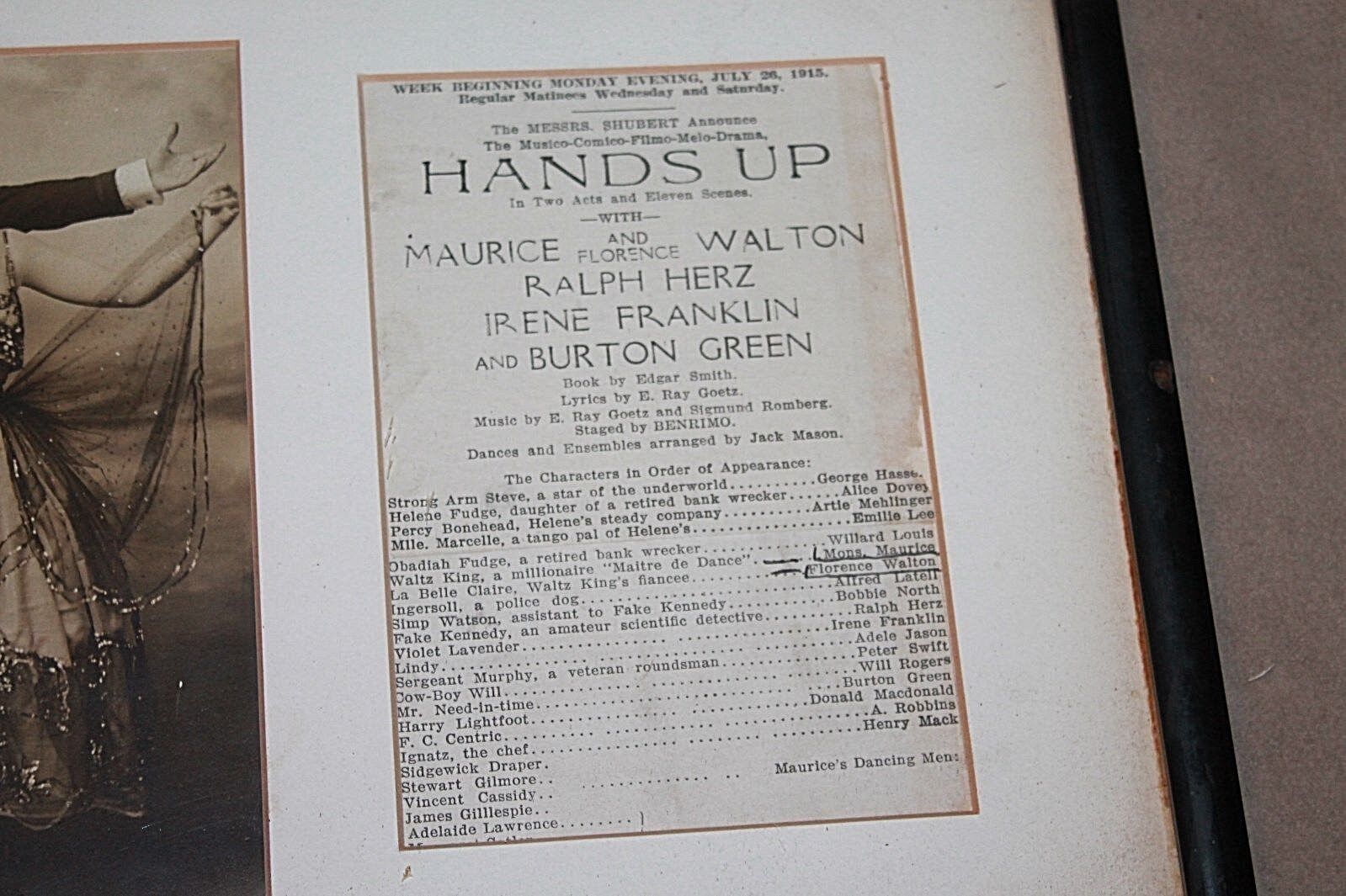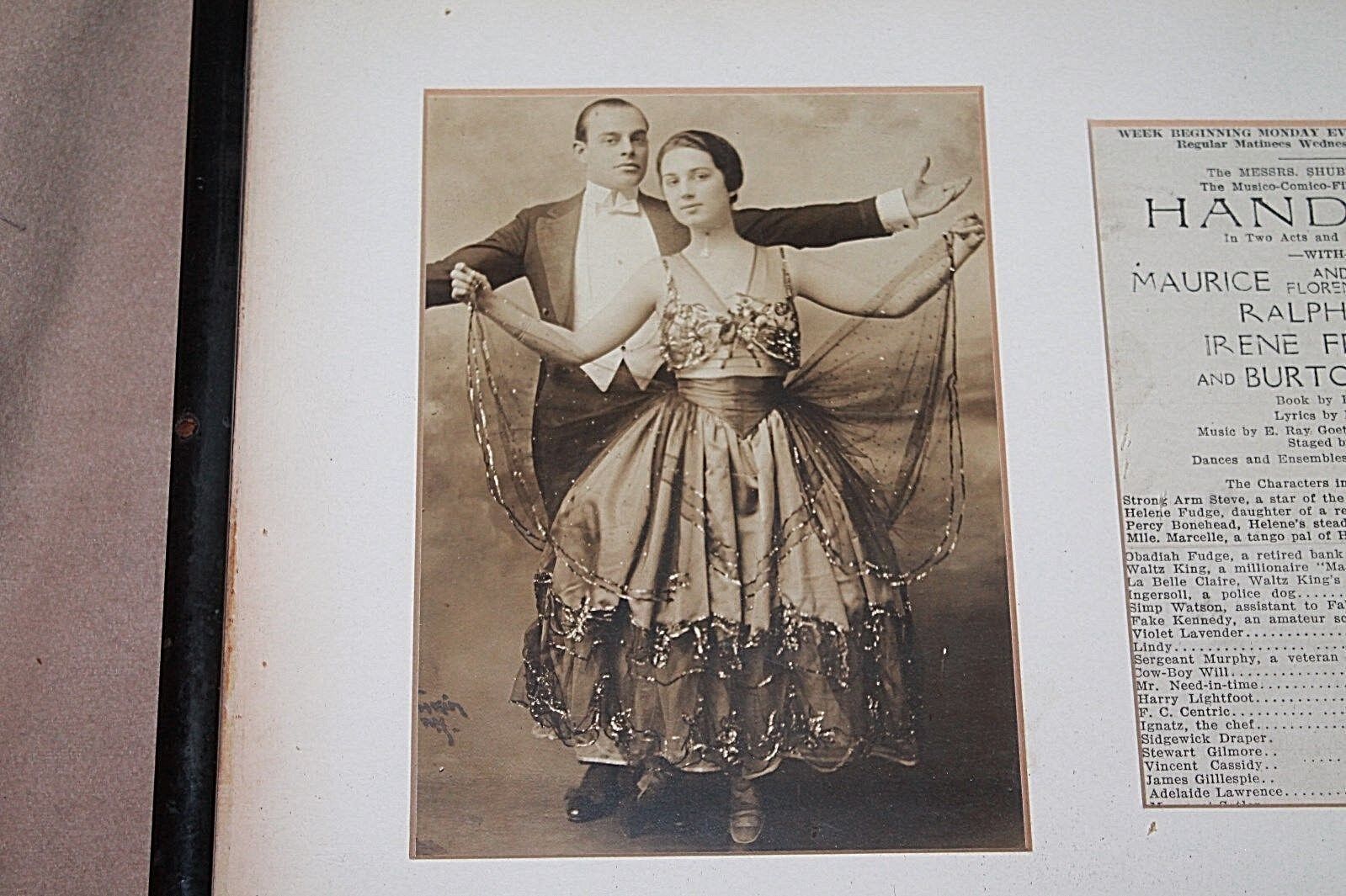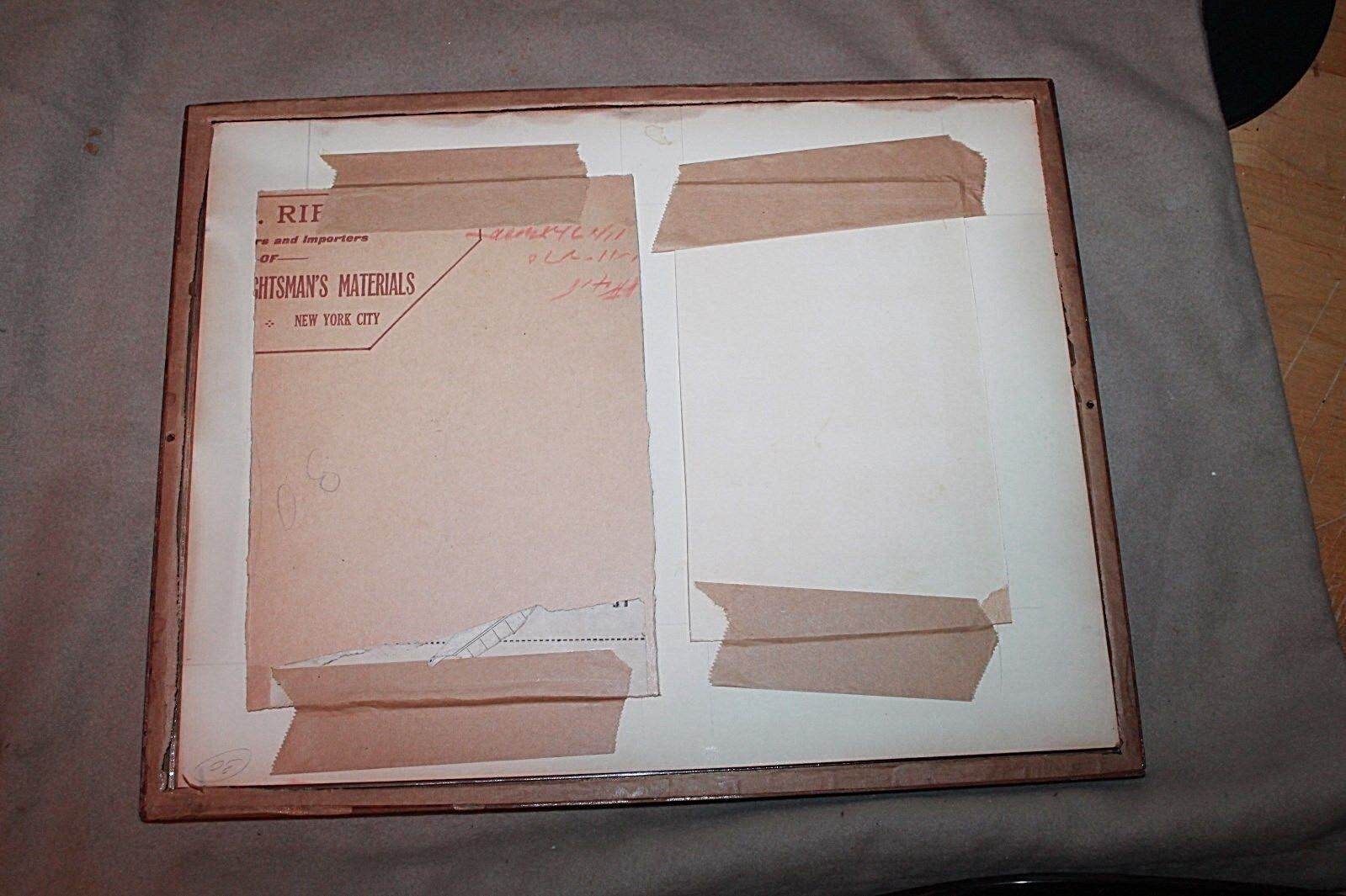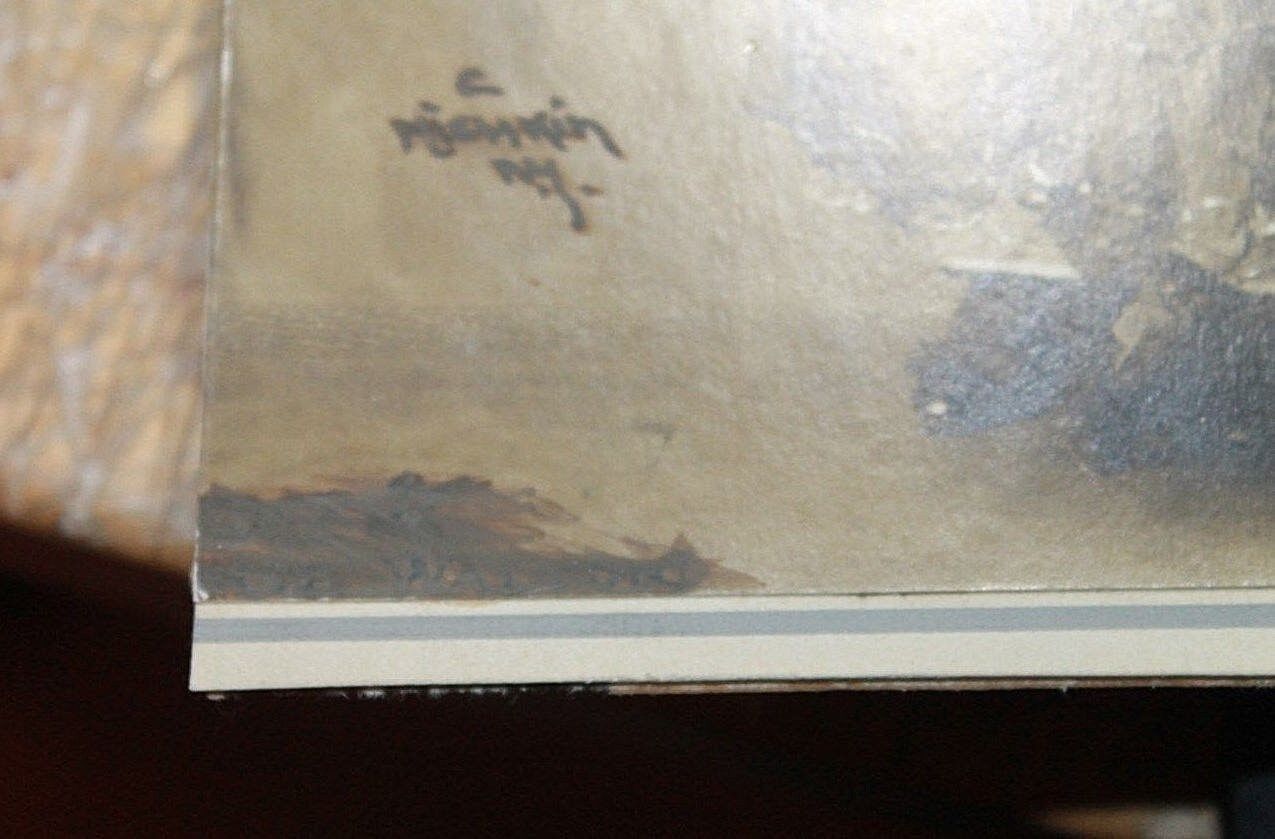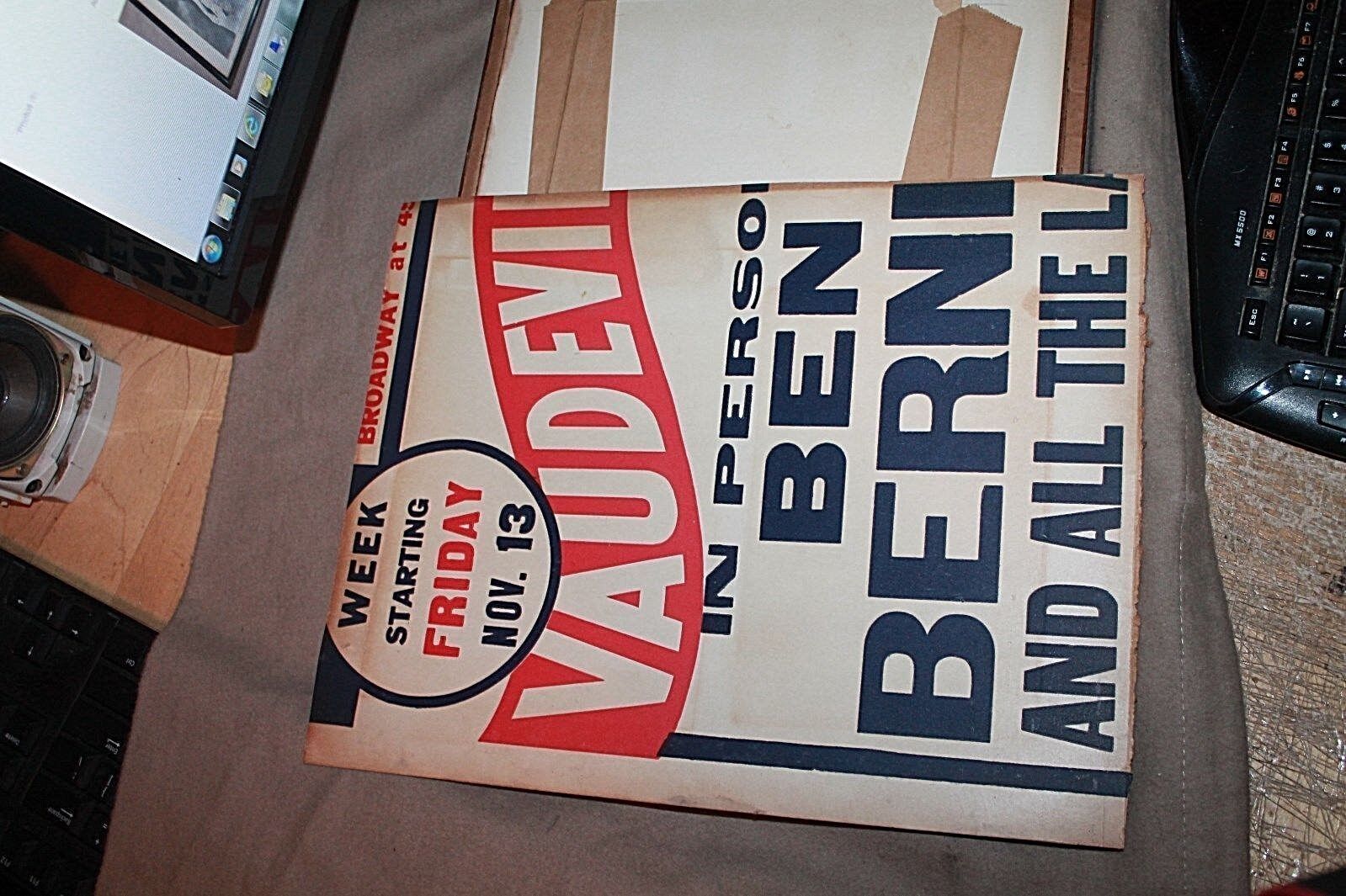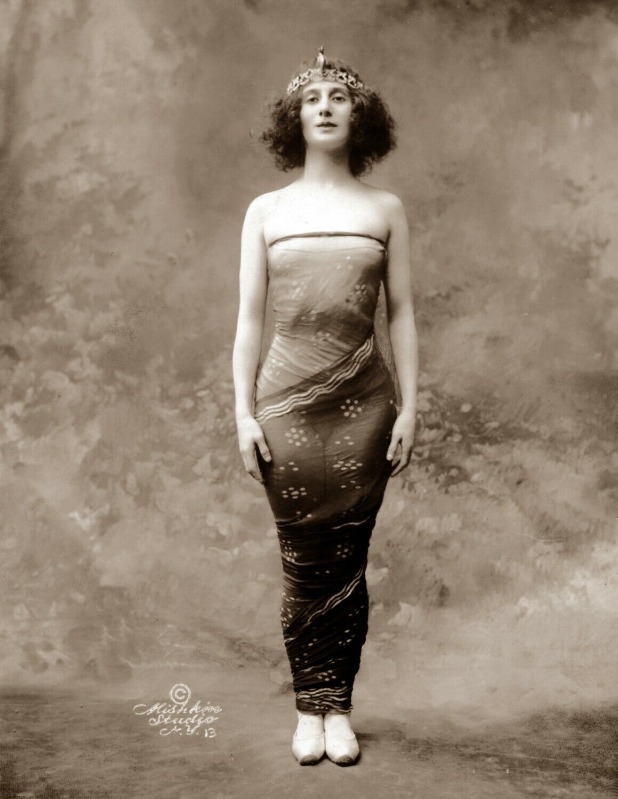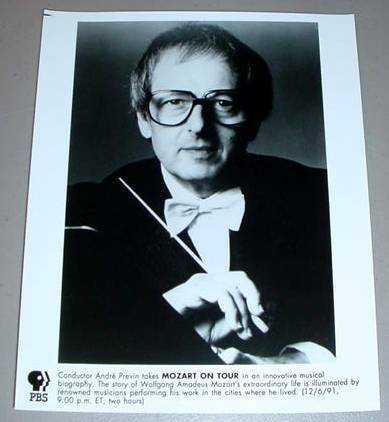-40%
ORIGINAL PHOTO MAURICE & FLORENCE WALTON & CAST LIST "HANDS UP" 1915 Mishkin
$ 60.72
- Description
- Size Guide
Description
PLEASE NOTE: THIS PIECE WILL BE SENT WITH THE FRAME AND BACK BOARD BUT IT WILL NOT BE SECURED INSIDE OF THE FRAME. I HAD TO OPEN THE FRAME TO IDENTIFY WHETHER OR NOT THE HERMAN MISHKIN SIGNATURE WAS REAL AND SIGNED BY HAND WITH LIVE INK, AND IT WAS.The thing that confuses me about "original photos" is that I see people selling photos where the signature was clearly in the negative as original photos and this photo clearly has been hand signed by the photographer.
Please, anyone familiar with the difference in value between photos hand signed by the photographer and those signed in the plate or negative, I would appreciate your input.
While I can't say for certain that Herman Mishkin hand signed the photo, the signature is identical to the typical Mishkin signatures and it is not in the print. The signature is on top of the print, reflecting that it is an original.
I also can't say whether or not the photo was trimmed on the left (PHOTO 2). The cardboard on which it was mounted was certainly trimmed but it appears highly unlikely that the photo ever included the entire right hand of Maurice Walton because it would have been a virtual square image.
In addition to the Mishkin NY signature, the lower right has the year 1915 and the lower left corner had writing that someone marked over in brown ( photo 8 - lower left brown coloring)
THIS PIECE WILL ARRIVE IN A SEALED BAG AND WILL LOOK LIKE THE FIRST PHOTO IN THIS AUCTION, BUT WHEN YOU REMOVE IT FROM THE BAG, IT WILL FALL OUT BECAUSE THERE ARE NO LONGER NAILS HOLDING IT IN TO THE FRAME.
LOOK CLOSELY AT THE CAST AND YOU WILL SEE THAT "WILL ROGERS" PLAYED COWBOY WILL.
THIS IS ONE OF MANY SIMILAR ITEMS THAT I WILL BE LISTING THAT USED TO HANG ON THE WALLS OF THE PIANO BAR: BILL'S GAY 90'S IN NEW YORK CITY.
THE LAST PHOTO HERE IS AN ACTUAL PHOTO OF A WALL IN THE RESTAURANT. THOUGH I DO CURRENTLY OWN A NUMBER OF THE PIECES SHOWN, THIS PARTICULAR PIECE IS NOT SHOWN IN THAT PHOTO, BUT IT CAN AT LEAST LET YOU KNOW WHAT IT HAS BEEN DOING THE PAST 100 YEARS.
CONDITION:
THE BLACK FRAME HAS TWO SCREW HOLES WHERE IT HAD BEEN SCREWED TO THE WALL IN THE RESTAURANT AND THERE ARE SMALL MARKS TO THE EDGES OF THE WOOD OF THE FRAME AS WELL AS A BIT OF BRUISING. VERY VINTAGE AND VERY ORIGINAL. THE MATTE IS TONED WITH DISCOLORING ON ALL SIDES (PLEASE INSPECT PHOTOS WITH ZOOM FUNCTION). THE PROGRAM HAS THEIR NAMES UNDERLINED AND "X'D" TO IDENTIFY THE PHOTO.
THE REAR PAPER IS GONE BUT THE ORIGINAL CARDBOARD REMAINS(PHOTO 9) AND WAS A PARTIAL POSTER FOR A BEN BERNIE VAUDEVILLE SHOW.
THE "HANDS UP" CAST LIST IS A BIT STAINED AND ROUGH AT THE EDGES.
THIS WAS FOR THE WEEK OF JULY 26, 1915
THE FRAME ITSELF MEASURES 11" X 14" AND THE OPENING FOR THE PHOTO IS ABOUT 5" X 7(THE ACTUAL PHOTO MEASURES 5.75" X 7.25". THE OPENING FOR THE CAST OF "HANDS UP" IS 4.25" X 6.25". THIS PARTICULAR SHOW TOOK PLACE DURING THE THIRD WEEK OF JULY 1915 AT THE SHUBERT THEATRE
==============================================================================================
HERMAN MISHKIN-
Born in Minsk, Russia, Herman Mishkin immigrated to the United States in 1885. While working as a store clerk in the lower east side of the New York City, he was caught up in the amateur photography boom of the 1880s. He bought a camera and began taking pictures of whomever he could find to sit still. Aime Dupont, the Belgian sculptor turned photographer, and his wife, photographer Etta Greer, moved to New York at this time, having established a reputation as a portraitist of opera singers in Paris. His images were a sensation and Dupont quickly became the favorite of singers performing in New York City. Mishkin studied Dupont's images for form, particularly after talking himself into a position with Oscar Hammerstein's Manhattan Opera Company as a photographer-publicist. While Mishkin's studio operated as a general purpose portrait establishment, his contractual arrangement with the Met had him produce the lobby portraits and publicity shots for Met productions for a quarter of a century. His work as an operatic photographer is memorialized in Robert Tuggle's 1983 volume,
The Golden Age of Opera
. Herman Mishkin was the foremost portrayer of Golden Era opera singers. In certain respects, he had the most difficult task of any theatrical photographer of the early 20th century for he was constantly having to temper the hyperbolically dramatic poses that opera singers employed on the vast stages of Europe and America so that they didn't appear ludicrous shot from a twelve-foot distance. His subjects were among the least tractable persons to instruction in the performing arts, and were generally infected with decorative sensibilities. That Mishkin was able to satisfy his sitters and adjust to the increasingly less ornamental aesthetic of modern photography was a testament to his tact and flexibility. He began shooting CDVs and cabinet portraits of performers in costume in the 1890s and closed his career in the 1930s by shooting singers in modern dress in contemporary settings. While shooting opera stars for the Metropolitan, he maintained a portrait studio frequented by most of the significant performing artists of the day. His portraits of actors and actresses display a refinement and composure sometimes lacking in the histrionic costumed opera images.
==================================================================================================================================================
MAURICE (MOUVET) AND FLORENCE WALTON
Florence Walton (Wilmington, DE., 1890 – New York, NY., January 7, 1981) was a vaudeville dancer and cabaret performer in the teens and '20s[1] who made her debut in 1907 in the chorus of the musical comedy The Girl Behind the Counter, produced by Lew Fields Florence helped popularize the tango, fox-trot and other forms of ballroom dancing with her husband, Swiss-born Maurice Mouvet, and later with Allan Fagan and Leon Leitrim. Walton was introduced to Mouvet by the musical manager Florence Ziegfeld in 1911 when Ziegfeld partnered the two in his production of The Rose Maid.[3] They married that same year and together formed one of the most successful exhibition ballroom teams of the their day as well as became two of cabaret's earliest stars. [2] Together they were promoted as Maurice and Walton, or simply "The Waltons." [4] During America's dance mania of the 1910s Florence Walton and Maurice Mouvet were considered as a team second only to The Castles Walton claimed to be the first American to entertain troops in the war zone during World War I, claiming in 1914 during a performance with Mouvet at the Palace that during her time abroad she has taught King George V and Queen Mary the tango.The internationally famous couple divorced in 1920.
Walton first came to perform with her husband Maurice, after Mouvet's dancing partner Medeleine d'Arville eloped with a young Englishman and she was picked d'Arville's replacement by Florence Ziegfeld. Prior to performing with her her husband Maurice Mouvet, Walton was featured in numerous shows including The Soul Kiss in 1908, The Bachelor Belles in 1910, and The Pink Lady in 1911. She later returned to the perform at the Palace with a new dancing partner, Allan Fagan. In October of 1920, New York Dramatic Mirror published a rave review of Walton and Fagan's routine claiming Walton "spells and dances class." Walton performed at many famous venues during her career, including New York's Club Ostend] and at the New York Hippodrome where she worked with other famous names in Vaudeville such as W.C. Fields and Frances White In 1913, Florence Walton and her husband notably introduced to vaudeville Luckey Roberts' "Junk Man Rag." In 1916, Florence Walton and her husband starred in the silent film drama The Quest of Life
THEY WERE ACTIVE PRIMARILY FROM 1912-1916 TOGETHER AND WERE EARLY EXPONENTS OF THE TANGO
============================================================================================================================================================================
HANDS UP REVIEW 1915:
====================================================================================================================
BILL'S GAY 90'S:
THIS RESTAURANT STARTED AS A SPEAKEASY IN 1924. (The following is lifted directly from the billsnyc website.)
Having been a boxer, a jockey, a dance instructor, a Broadway dandy and married to one of the Ziegfield girls from the legendary Ziegfield Follies, who better than Mr. Bill Hardy to launch such a New York enterprise? He knew everybody that was anybody from each of his past professions, (not to mention the world of politics and the underworld), and his dabblings in each of those worlds
had provided him access to and the procurement of one the most widely admired photograph collections in the world. The walls of this once private home soon became a glittering tribute to the past, and a hallmark to the future of what would be
. Evoking the “Gay Nineties” as his theme, and also the name of his speakeasy, Hardy immediately exhumed the careers of many famous vaudevillians and hired them to rework their magic for a whole new generation. And it worked. At its height, Bill’s featured three floors of rotating entertainers doing their act on one floor, taking a break, then moving on to the next. Every night was a party at Bill’s and every table a part of it, for the infectious group sing-along which permeated the air was as alluring as the illegal hooch in the glasses. Yes, ringing the buzzer, whispering the password and entering this glorious era of New York nightlife, was simply the thing to do back then and Bill’s was at the forefront of that era. And, just for the record, the police were “all” the wiser. After Prohibition Bill’s Gay Nineties was often mentioned in many of the high profile columns of the day - Walter Winchell, Hedda Hopper, Jack O’Brien - stating who had been at Bill’s and who did what. The most celebrated “who did what” was the infamous brawl that made all the wire services between writer/actress Adela Rogers St. John and the entire wait staff at Bill’s. Yes, nothing had really changed for the place when the drinking ban was lifted because, unlike most other speakeasies (of which there were over thirty thousand), Bill’s was more than a boarded up joint to buy booze. It was, (and is to this day), a classic New York nightclub in the grandest tradition.
